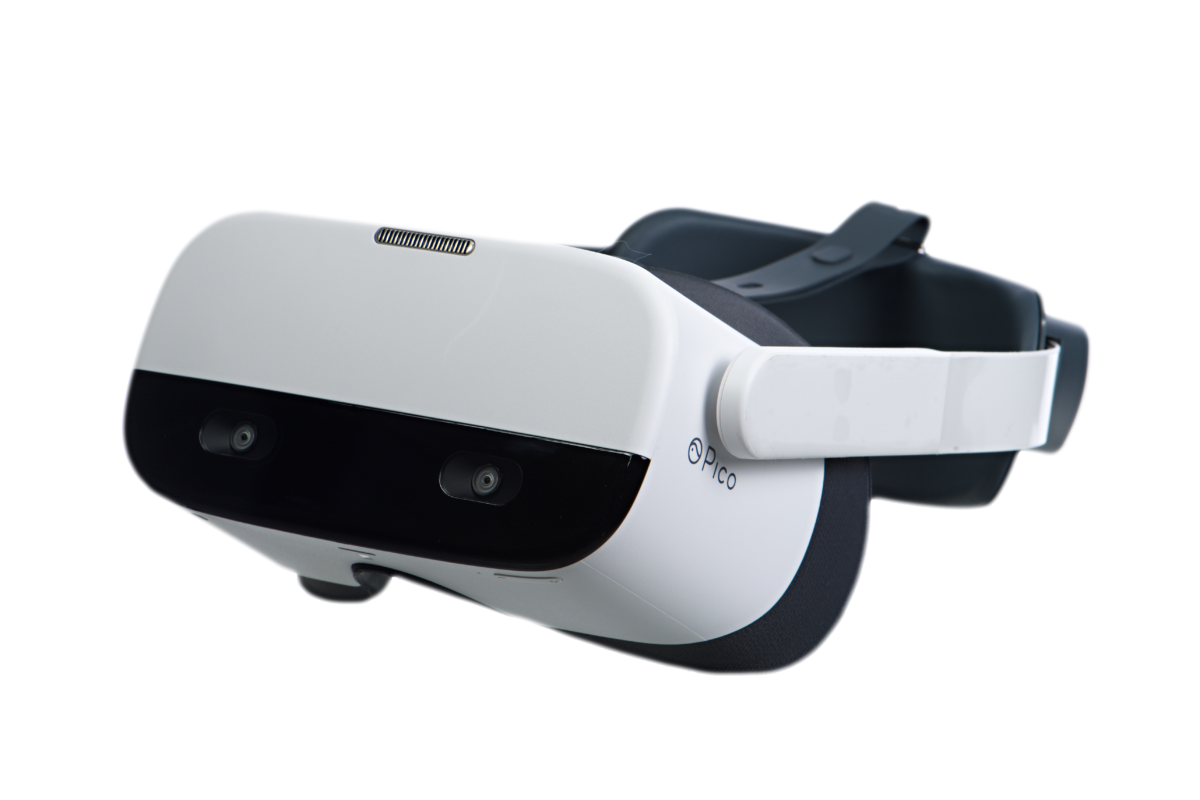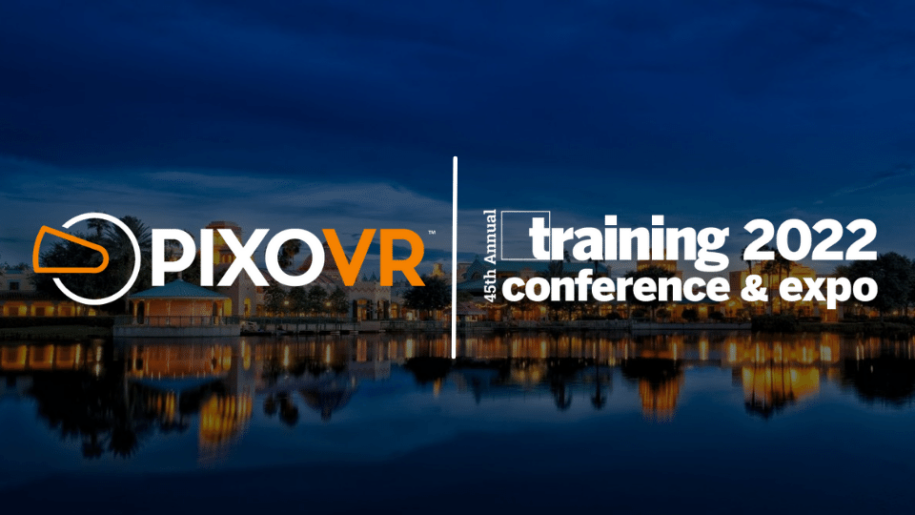A message from PIXO VR CEO Sean Hurwitz, following the Training 2022 Conference & Expo
Last week, training and development, learning, and performance professionals from both the public and private sectors converged at the Training 2022 Conference & Expo at Disney’s Coronado Springs Resort in Orlando, Florida. From the keynote speakers, to the exhibitors, to the attendees, this collection of training experts made for an enriching experience filled with collaboration, opportunity, and insight.
At PIXO VR, our mission is to make virtual reality training possible for all businesses. We were an exhibitor at this event back in 2018, and quite a lot has changed in that short amount of time when it comes to the market for virtual reality in the training industry. Here are some of my thoughts on what we gathered from this event and where the industry stands today:
The market for VR training is maturing. The market as a whole has matured from ‘what is VR?’ to ‘how can I utilize VR?’. This change was evident, but nonetheless, it doesn’t hurt to have that reaffirmed when attending an event like Training 2022.
From the various breakout sessions at the event centered around virtual and augmented reality, to the many conversations we had with organizations throughout the expo, leveraging VR was a hot topic at Training 2022. In years past, the thought of implementing virtual reality into a training program was intimidating for many. That mindset is becoming more and more of an outlier.
This is the movement we’ve seen, and we know why. The conversation has pivoted to organizations wanting more explanation and expertise on how they can get started with this technology. Companies are looking for Learning Management System (LMS) integration, distribution, and scaling. VR and its many benefits are more understood now than it previously was. Simply put, it’s an exciting time to be in the VR Training space.
Now, let’s talk about the main problems or concerns we are seeing in the training industry today. There is a serious skilled labor shortage thanks to the aging of the workforce as a whole, and if you asked any of the training directors in attendance last week, resolving that issue is easier said than done. With this, comes a host of issues- talent shortages, a shifting company culture, and the need for employers to adapt their practices to keep a younger generation engaged.
On top of that, organizations continue to look for effective ways to deal with scaling training programs across various locations. Scaling a training program, especially with the new wave of remote work, can be a difficult hurdle that slows the up-skilling progress of an organization. Whether it was due to multiple locations or remote workers, many attendees at Training 2022 were facing this challenge and looking for ways to innovate.
While each of the problems mentioned above are applicable to organizations using traditional classroom training methods or e-learning, the good news is: they are now, more than ever, willing to combat these problems with the use of virtual reality.
When it comes to VR training, one more concern that comes up quite frequently is the lack of relevant content. Companies across various industries are open to the idea of training with VR, but are looking for the best content solution. What is the best method of accessing relevant VR training exercises that match an organization’s needs? Is there a library of off-the-shelf content that can be accessed and distributed? And if off-the-shelf content isn’t a fit, where does an organization go to have custom VR training content produced? The issue of accessing relevant content is consistent, and as the market continues to mature, that will resolve itself over time.
Lastly, comes the question of managing and tracking. Sure, the idea of adding VR to an existing training program sounds great, but how is it managed? How easy is it to deploy this technology at scale, and track the results, and integrate into an existing LMS? Without the right guidance, the concept of implementing VR training can become complicated.
That’s where PIXO comes in. We’ve been listening, and adapting. Our platform, PIXO Apex™, is designed to make VR implementation as easy as possible for organizations of any size or content need.
Training 2022 has confirmed the problems we know the training industry is facing, and further validated how virtual reality can help. The questions and concerns we heard from professionals across the training industry last week makes it even more clear what organizations are looking for in a VR training platform.
Training directors need a way to train employees faster, keep them engaged in the training, give them more confidence in applying the skills they learned, and have a way to easily track and measure the performance, all in a more cost-effective way than their current program.
There is more of an appetite for innovation in the training industry than ever before, and the market is starting to come around to the fact that virtual reality is the premier solution.
Partner with PIXO
Let PIXO be Your Training Partner to maximize training in your organization. PIXO is the leading expert in VR training, with the world’s largest library of off-the-shelf VR Training Content and ability to custom build training for your organization’s needs. Customers like Saudi Aramco, Chick-Fil-A and Bosch work with us to offer effective training and great experiences to their employees. You, too, can get started easily to quickly start seeing the results of VR training.

PIXO Has Improved VR Management to One Easy Step

